When we think of bears, the image that often comes to mind is that of a wild and powerful creature roaming the forests with a majestic presence. However, if we take a closer look, we might be surprised to find that some bear behaviors are strikingly similar to our own. This can’t help but make us wonder just how much of our daily habits and quirks we might share with these fascinating animals. Whether they are foraging for food or showing affection, bears often demonstrate behaviors that we might recognize in ourselves. So let’s dive into some of the most human-like qualities of these incredible creatures.
1. Bears Enjoy A Leisurely Nap
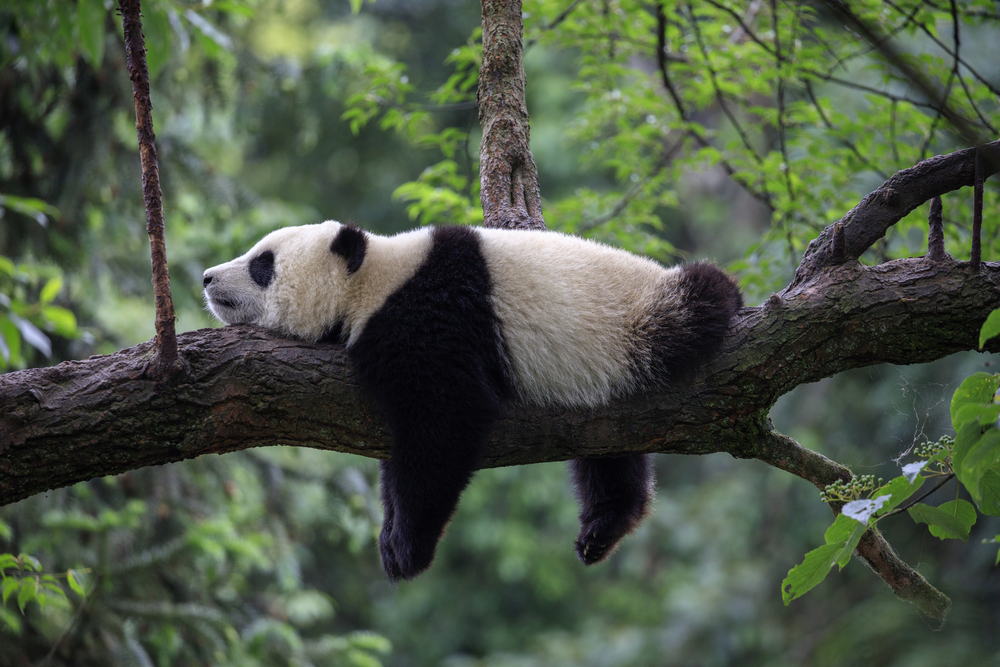
Just like us, bears appreciate the value of a good nap. These massive creatures have a keen sense of when it’s time to conserve energy and are not shy about catching some z’s whenever the opportunity arises. Bears can often be seen sprawled out in the forest, taking a break from their daily activities to recharge in the comfort of nature. According to the National Park Service, black bears spend considerable time sleeping and resting, particularly during the warmer months when the food supply is abundant.
Like humans, bears can sleep in various positions that suit their mood and immediate environment. On particularly warm days, they’ve been known to stretch out on their back or side, much like we do when relaxing on a sunny afternoon. They balance their nap time with foraging and social interactions, ensuring they’re well-rested for whatever comes next. Unlike hibernation, these naps are shorter and more frequent, allowing bears to maintain a balance of rest and activity throughout the day.
2. Bears Play Just Like Us
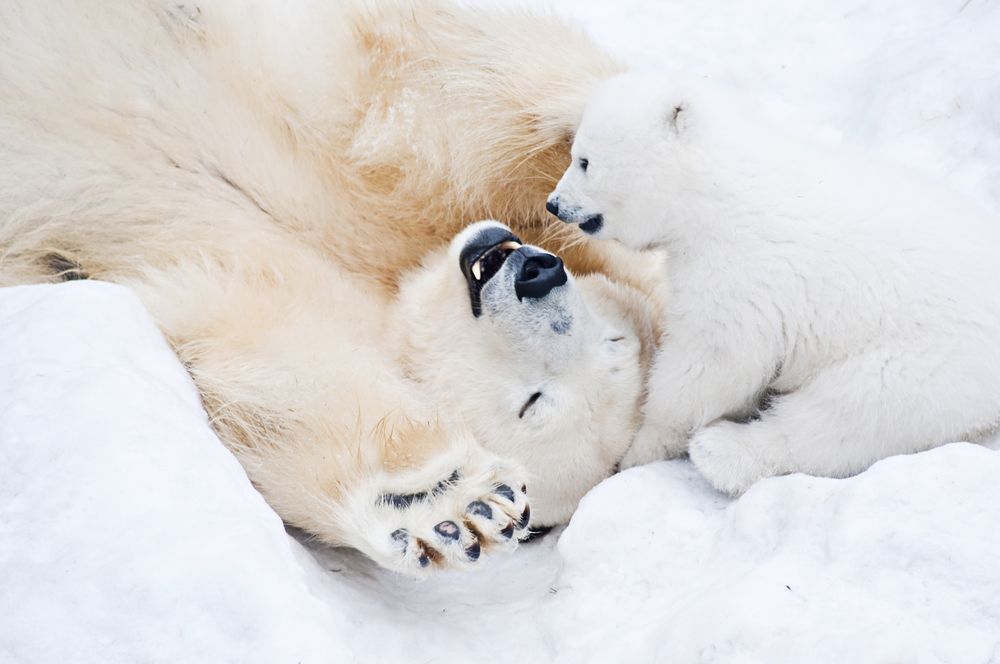
According to the North American Bear Center, play is not exclusive to humans; bears engage in playful behavior reminiscent of children at play. Young bears especially love to tumble around, wrestle, and chase each other, indulging in activities that help them develop essential social and survival skills. Playtime for bears isn’t just about fun; it’s also about learning the limits of their strength, improving their agility, and understanding social hierarchies. The playful antics of bear cubs often resemble the rough and tumble play seen in human children, where the line between fun and skill-building is beautifully blurred.
Adult bears don’t shy away from play, either, often seen engaging in similar lighthearted behavior, albeit less frequently than their younger counterparts. Bears living near human settlements might even be caught playing with objects like tires or other discarded items, proving their curiosity and intelligence. This playful behavior can strengthen bonds within bear families and social groups, much like how play can fortify friendships among people. In the wild, play is essential for bears to lead a balanced and mentally stimulating life, proving it’s not just a frivolous pastime but a critical component of their well-being.
3. Bears Have a Sweet Tooth
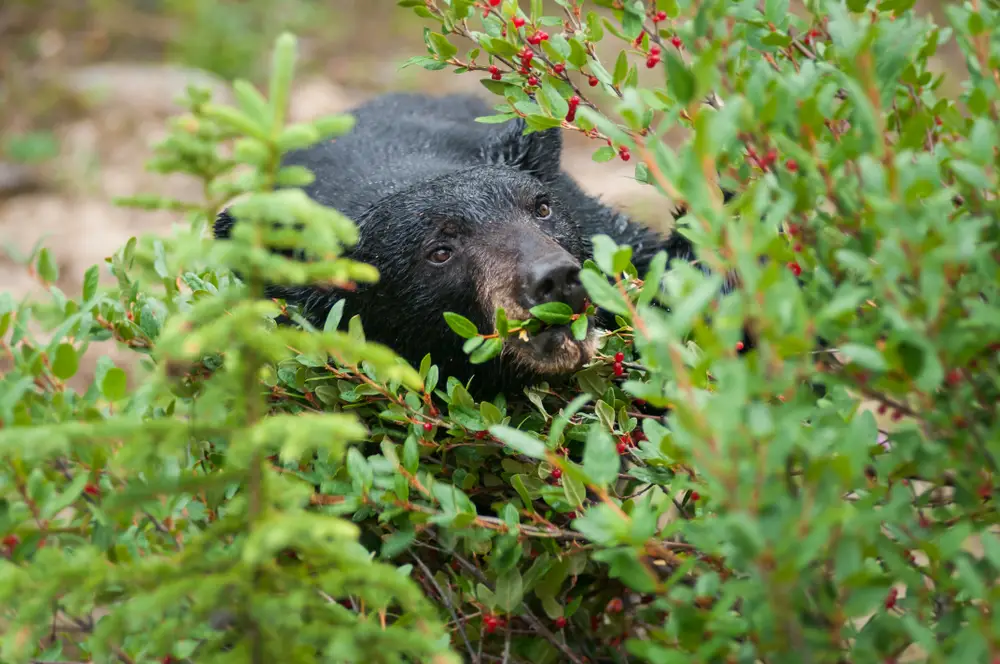
Much like humans, bears have a natural affinity for sweet treats, often indulging in honey whenever they can. This fondness for sweets isn’t just a simple pleasure; it’s a survival mechanism that provides bears with the energy they need to thrive in the wild. Honey offers a rich source of carbohydrates, which are crucial for bears as they prepare for their long hibernation periods, according to National Geographic. Unbelievably, bears will go to great lengths, climbing trees and enduring bee stings, to reach their sugary prize.
Beyond honey, bears are often seen munching on berries and fruits, which are an essential part of their diet. This love for sweet foods is a shared trait with humans, who often savor similar delicacies. Bears’ preference for sweets illustrates their complex dietary needs and their ability to adapt to their environment to find the most nutritious foods available. Observing this shared trait reminds us of our own cravings for sweet treats and how deeply rooted they are in our evolutionary history.
4. Bears Show Affection and Bonding
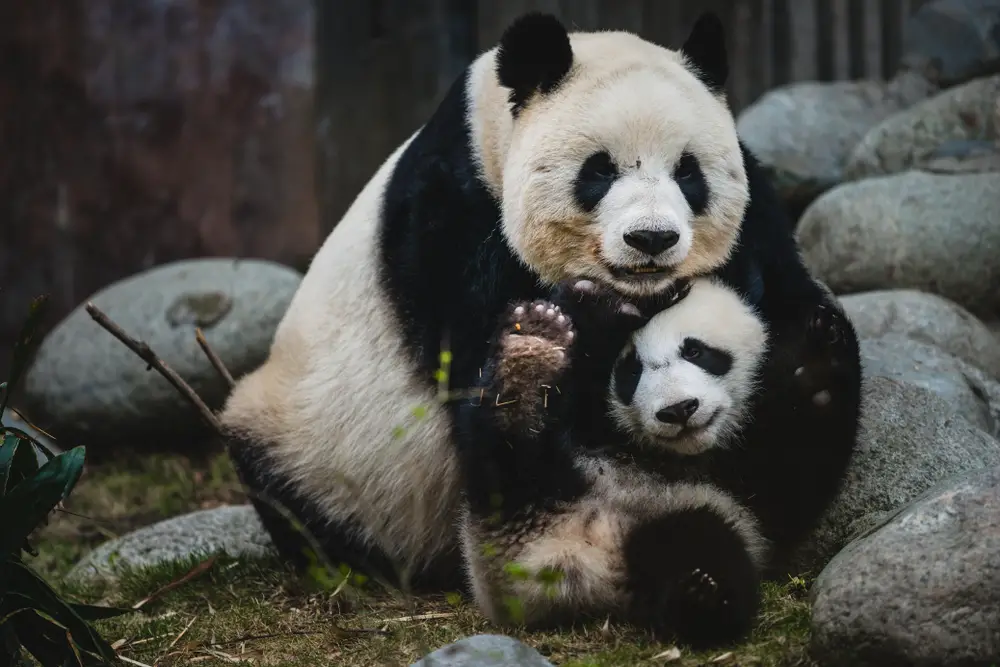
Bears are not the solitary, emotionless creatures some might assume; instead, they display affection and bonding behaviors that mirror those found in humans. Mother bears are particularly known for their nurturing behavior, attentively caring for their cubs by providing food, protection, and guidance as they grow. This maternal bond is vital for the cubs’ survival, as it helps them learn the skills needed to flourish in the wild. Mother bears often engage in playful and affectionate interactions with their cubs, solidifying the family bond and ensuring their offspring feel secure and loved.
In addition to maternal bonds, bears also establish social connections with other bears, often forming friendships that include play, grooming, and companionship. These social interactions are crucial for emotional well-being and survival, as bears can learn from one another and form alliances that aid in their survival. The need for social interaction and companionship is a trait we share with bears, highlighting the importance of community and relationships for both humans and animals. Witnessing bears’ capacity for affection and bonding sheds light on the complex emotional lives that these remarkable animals lead.
5. Bears Exhibit Curiosity and Exploration
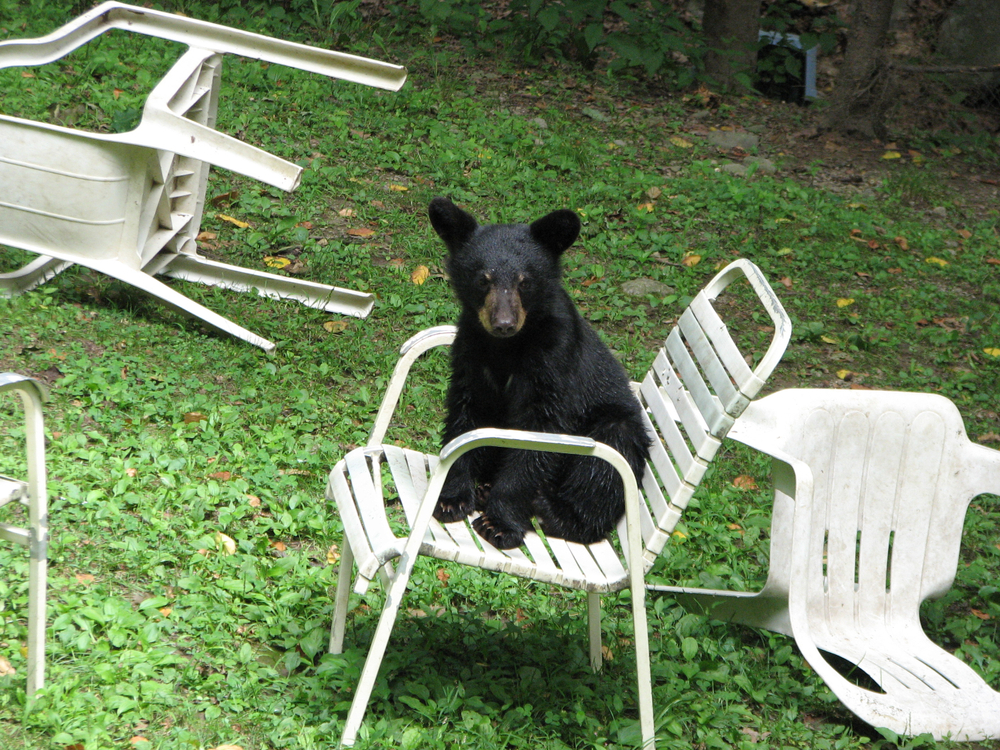
Curiosity isn’t just a human trait; bears showcase a genuine interest in their surroundings, exploring new territories and investigating objects that pique their interest. This inquisitive nature is particularly evident in younger bears, who, much like human children, learn about their environment through exploration and play. Young bears will often be seen sniffing, pawing, and even tasting unfamiliar items, driven by an innate desire to understand their world. This curiosity is crucial for their development, helping them hone the skills necessary to survive in the wild.
Adult bears, although more cautious, continue to exhibit curiosity, especially when they encounter new or unusual stimuli. This behavior can sometimes bring them into contact with human environments, leading to interesting and, at times, challenging interactions. Their exploration can lead to problem-solving behaviors, such as figuring out how to access food sources or navigate difficult terrain. This natural curiosity and exploration are shared traits with humans, showcasing a mutual drive to learn and adapt to our ever-changing environments.
6. Bears Communicate with a Rich Vocabulary
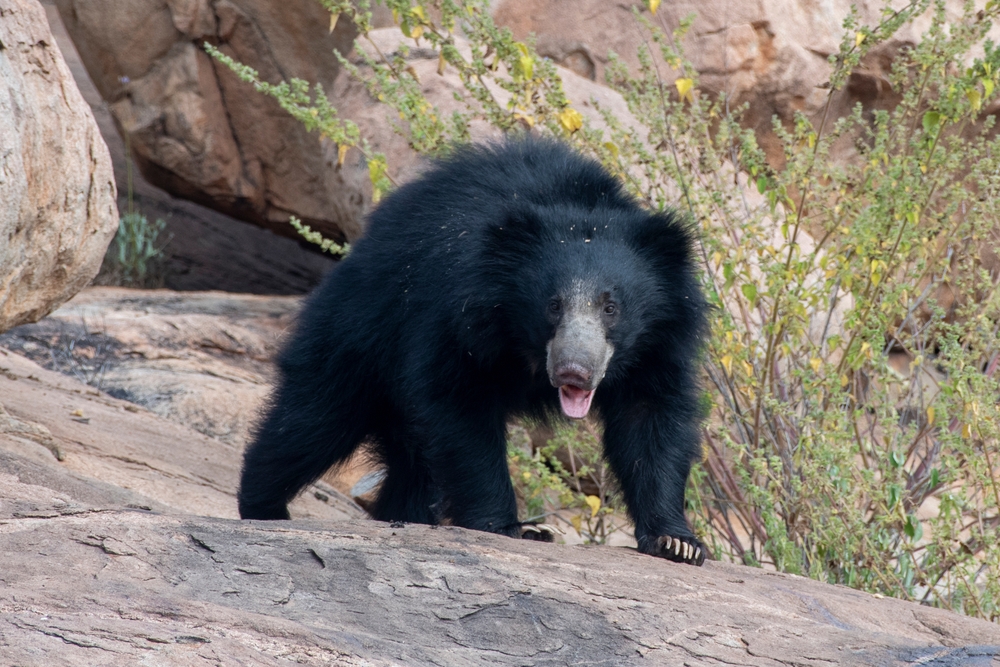
Communication among bears is more complex than simple growls and roars; they use a rich array of vocalizations and body language to convey messages to each other. Bears can produce a variety of sounds, including grunts, snorts, and whines, each with its specific meaning and purpose. These vocalizations help bears express emotions such as fear, aggression, or contentment and can also serve to warn other bears of potential dangers. This intricate form of communication is essential for maintaining social bonds and coordinating activities within bear communities.
In addition to vocalizations, bears rely heavily on body language to communicate, using gestures and postures to express their intentions and feelings. For instance, a bear may stand on its hind legs to appear larger and more intimidating, or it might crouch low to express submission or fear. These non-verbal cues are crucial in avoiding conflicts and establishing social hierarchies, much like how humans rely on body language in our interactions. Observing the rich communication methods in bears offers insight into the complexity of their social structures and highlights the similarities in how we, too, express and share our emotions.
7. Bears Have a Strong Sense of Memory
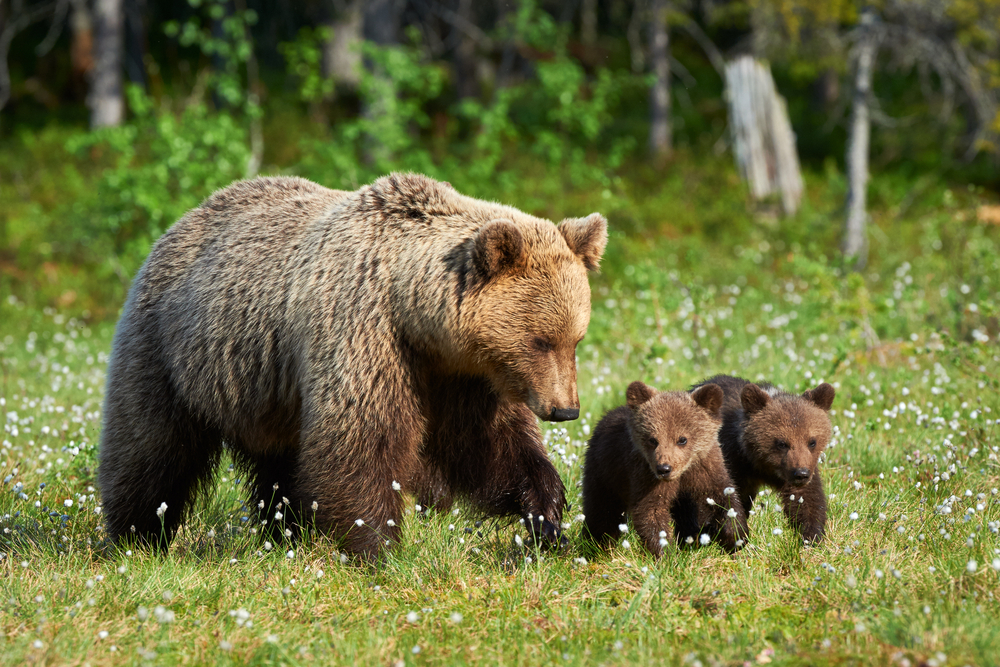
Memory plays a vital role in the lives of bears, guiding their actions and decisions much like it does for humans. Bears possess an impressive capacity to remember the locations of food sources, such as berry patches or salmon streams, returning to these spots year after year with remarkable accuracy. This ability to recall important information ensures they can efficiently find nourishment and survive in their sometimes harsh natural environments. The memory of a bear is not just limited to food sources; they also remember social interactions and can recognize individual bears they’ve encountered before.
A bear’s memory extends to learning from past experiences, allowing them to adapt their behavior based on previous interactions or outcomes. For instance, a bear that has encountered humans and found food might remember this and return to the same area, displaying a learned behavior similar to human habit formation. This capability to retain and utilize information demonstrates a cognitive complexity in bears that parallels human memory functions. As we observe bears relying on their memory to thrive, we see an intriguing reflection of our own reliance on memory in our daily lives.
8. Bears Display Problem-Solving Skills
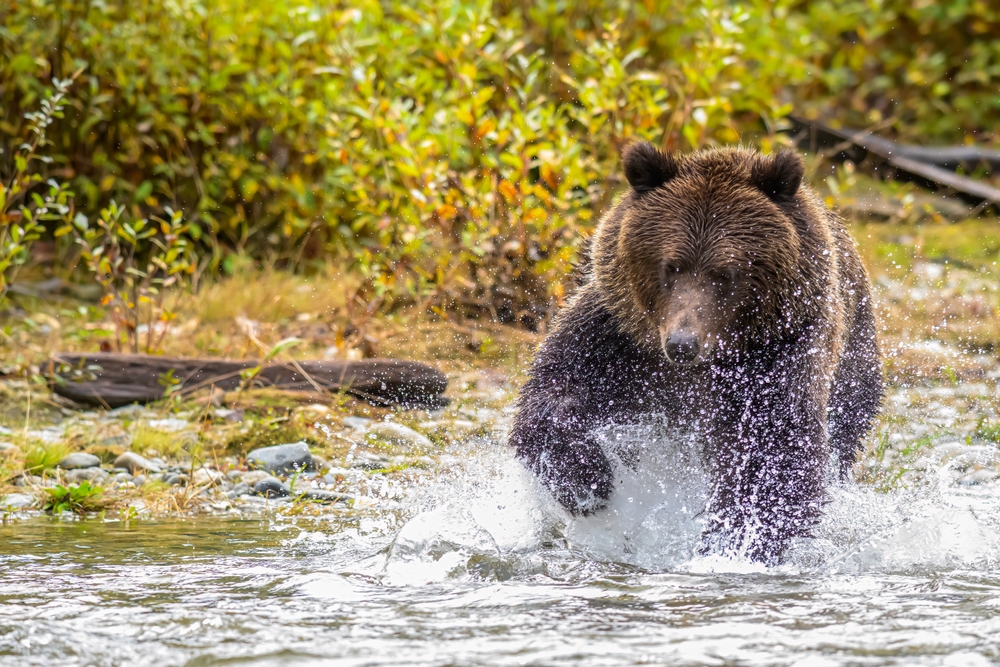
Bears are remarkably intelligent creatures, and their ability to solve problems is strikingly similar to that of humans. They use logic and learned experiences to navigate challenges, whether it’s figuring out how to access a food source or cleverly avoiding a threat. For example, some bears have been observed using tools, such as flipping over rocks with their paws to uncover insects or using objects to reach inaccessible food. Their problem-solving skills help them adapt to changing environments, a critical survival trait in the wild.
This intelligence extends to social problem-solving as well. Bears carefully assess situations before engaging in conflicts and use a mix of vocalizations, body language, and avoidance tactics to maintain peace when possible. Some have even learned how to open car doors or manipulate locks to gain access to food, demonstrating their impressive ability to adapt. Much like humans, bears continuously learn from their experiences, refining their problem-solving skills to overcome obstacles in their environment.
9. Bears Experience Mood Swings and Emotional Responses
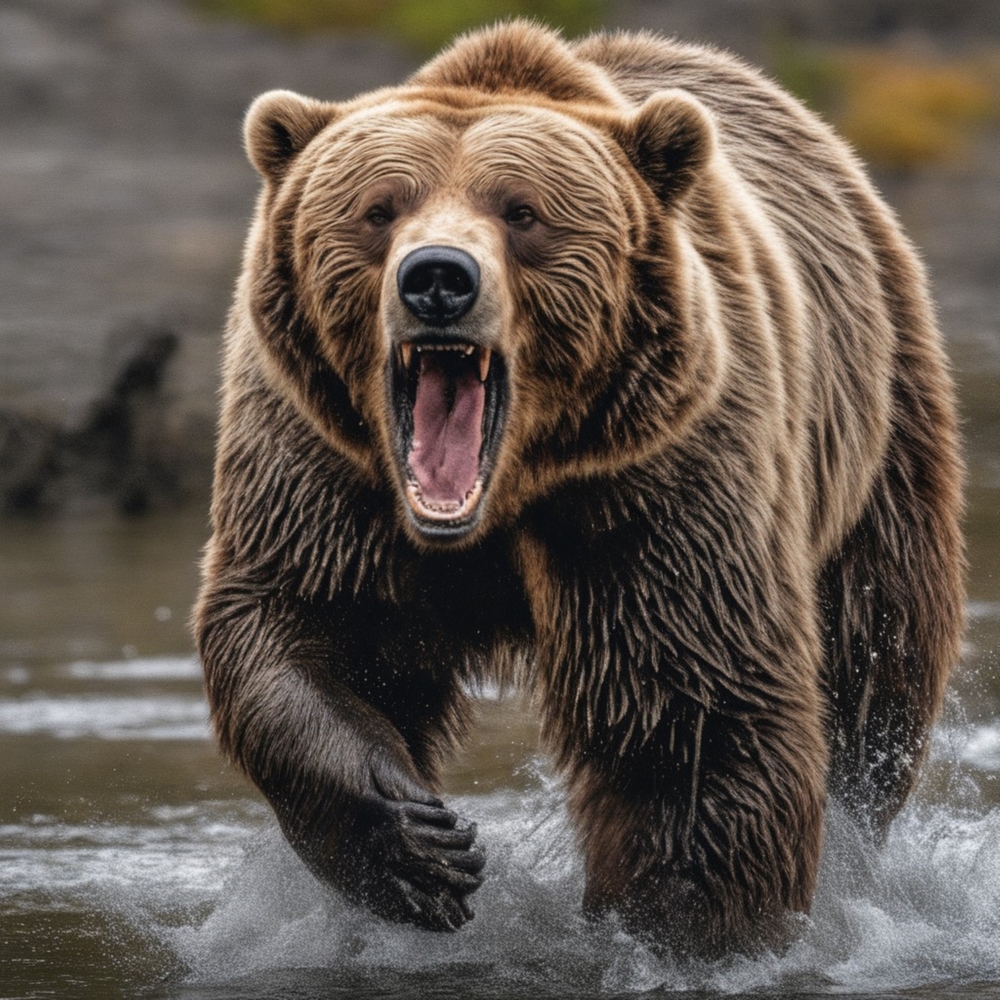
Just like humans, bears can have good days and bad days, showing a wide range of emotions based on their circumstances. Some days, they are playful and relaxed, engaging in social behaviors and exploring their surroundings with curiosity. Other days, they can be irritable, especially if they are hungry, injured, or feeling threatened. This fluctuation in mood makes them highly relatable and showcases their deep emotional complexity.
Bears also exhibit emotional intelligence, recognizing threats, social cues, and even the moods of other bears. A mother bear, for example, is acutely aware of her cubs’ needs, responding to their distress with immediate care. Similarly, bears that have experienced trauma or loss have been observed displaying signs of grief, a rare but deeply human-like quality. Their ability to feel and react to emotions makes them more than just instinct-driven animals—it highlights their complex, sentient nature.
10. Bears Adapt Their Diet Based on Availability
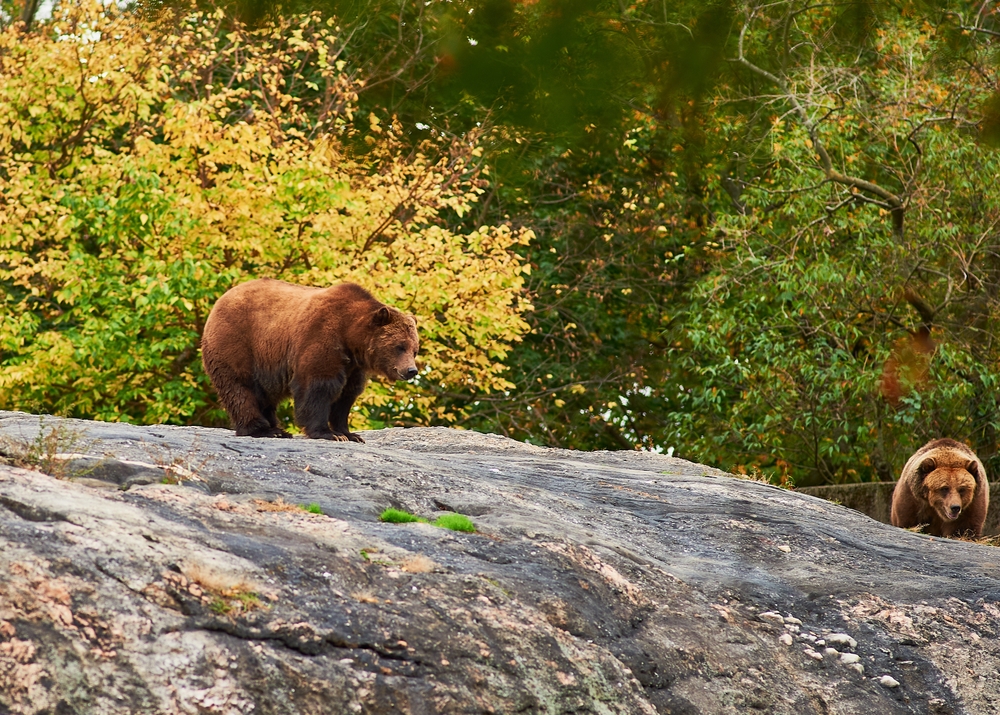
Bears don’t just stick to one type of food—they adjust their diet depending on what’s available, much like how humans modify their eating habits based on seasonality or preference. While they are known for their love of berries, fish, and honey, they will also consume plants, small mammals, and even insects when necessary. This dietary flexibility allows them to survive in diverse environments, from dense forests to icy tundras.
Their ability to adapt their eating habits also demonstrates a level of intelligence and resourcefulness. If a particular food source becomes scarce, they instinctively seek alternatives rather than relying on a single food type. In this way, their approach to nourishment closely mirrors human adaptability in meal choices—finding new sources of nutrition when familiar ones become unavailable. This flexibility ensures their survival and shows just how in tune they are with their environment.
11. Bears Engage in “Play Fighting” to Establish Social Hierarchy
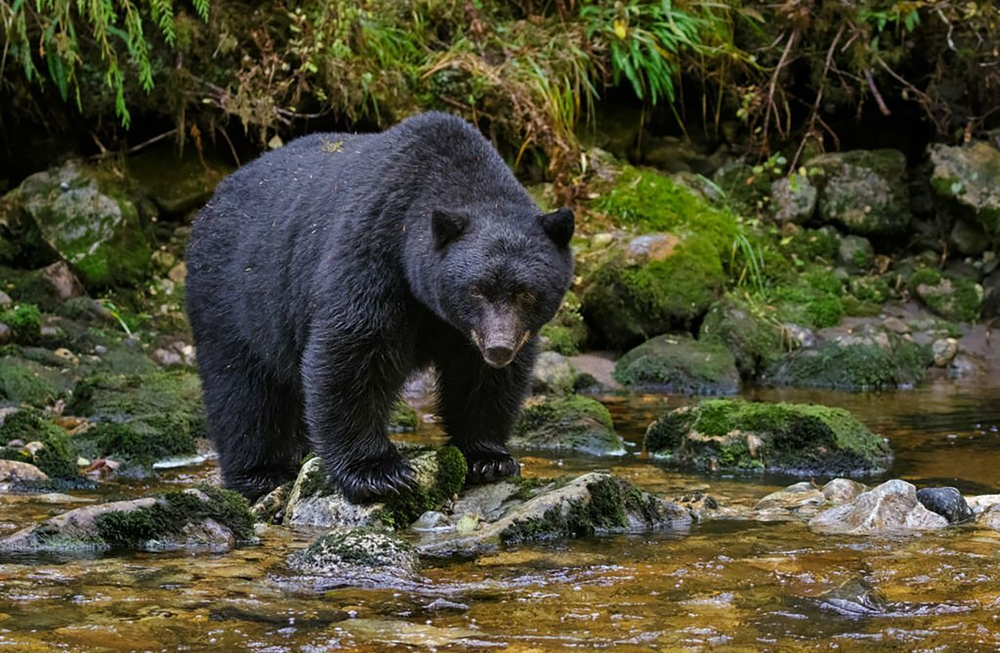
Bears, especially young cubs, frequently engage in play fighting, a behavior that serves an essential purpose in their development. While it may look like simple fun, these playful wrestling matches teach bears important survival skills such as self-defense, strength assessment, and boundary-setting. Play fighting also helps establish social hierarchies, allowing bears to understand where they stand in relation to others in their group without actual aggression.
Adult bears also engage in sparring, particularly males who use these interactions to determine dominance without resorting to serious combat. Much like how humans engage in competitive sports to test their abilities and build camaraderie, bears use these playful encounters to strengthen relationships and develop necessary life skills. The balance between competition and play among bears is yet another example of how their behaviors mirror our own social interactions.
